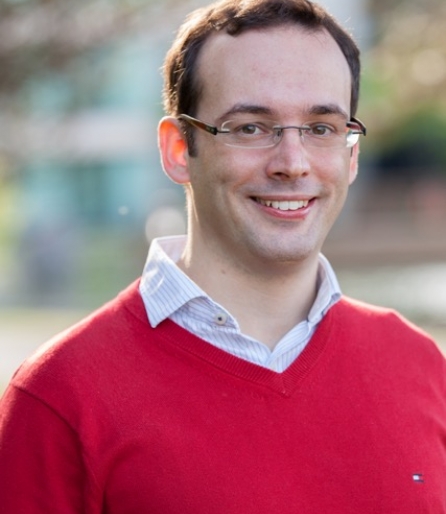Giulio Chiribella

Overview
I obtained my PhD at Pavia University under the supervision of Professor Giacomo Mauro D'Ariano. From 2006 to 2009 I have been a postdoctoral fellow of the Quantum Information Group at Pavia University.